Secretary of Health and Human Services, Robert F. Kennedy Jr., made history last week when he ordered thimerosal, a mercury-based preservative, eliminated from vaccines administered to Americans.
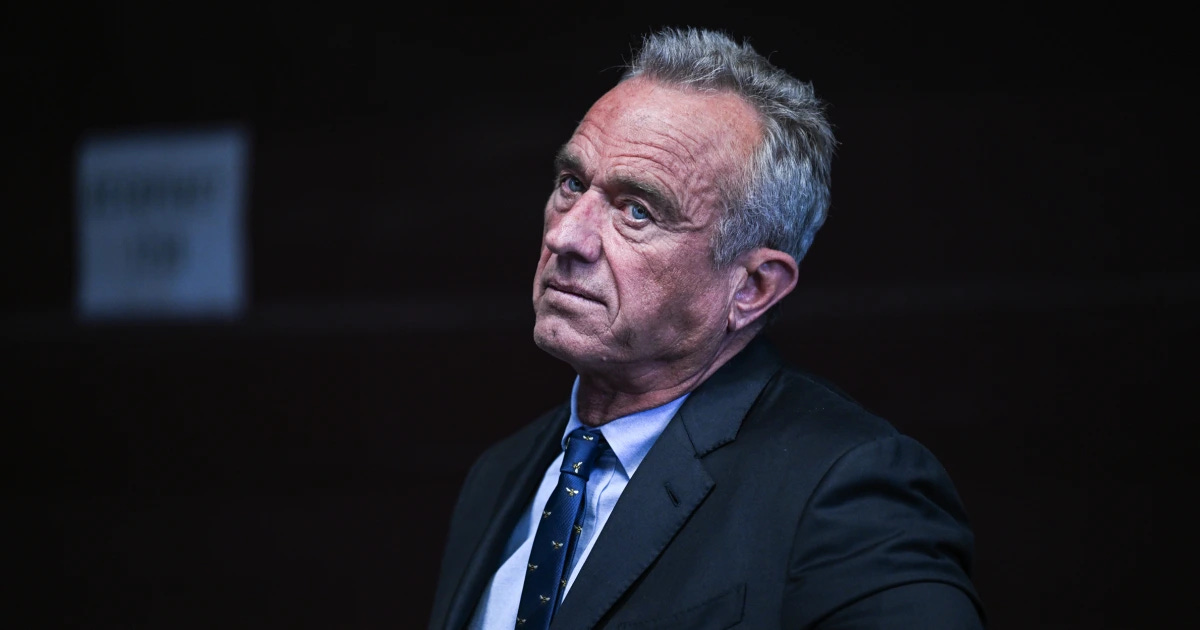
“After more than two decades of delay, this action fulfills a long-overdue promise to protect our most vulnerable populations from unnecessary mercury exposure,” Kennedy said. “Injecting any amount of mercury into children when safe, mercury-free alternatives exist defies common sense and public health responsibility.”
While Kennedy’s recommendation does not mean vaccines containing thimerosal will instantly disappear from the marketplace, without a federal endorsement such vaccines will grow harder for Americans to find.
The significance of this moment cannot be understated.
However, the legacy media, led by The New York Times, minimized Kennedy’s decision with the headline, “Kennedy Rescinds Endorsements for Some Flu Vaccines” and a sub-headline, “Federal guidelines no longer recommend flu vaccines containing a preservative, used in a small percentage of vaccines, that has been falsely linked to autism.”
In the article, reporter Apoorva Mandavilli writes, “Dozens of studies have shown thimerosal to be harmless. But the anti-vaccine community has long falsely maintained that the ingredient can cause neurological problems.”
With articles such as this, and many others, the ‘paper of record’ does a profound disservice to its readers by claiming that thimerosal is harmless. Serving as a sock puppet of Big Pharma, the Times once again relies on establishment talking points instead of reviewing, first hand, the vast array of science that details the dangers of exposing humans to mercury. Mercury is not harmless as explained here. It absolutely causes neurological problems, as its long history demonstrates.
The most profound historical example occurred in Minamata, a small city in Japan. The story of Minamata also serves as a reminder of what happens when people come forward to challenge corporate power.
Minamata was an agricultural and fishing village on the western shore of Kyushu, in southern Japan. In 1907, the Chisso Corporation opened a factory that produced plastics and other industrial products. The city prospered and Chisso brought economic growth and improved residents’ standard of living.
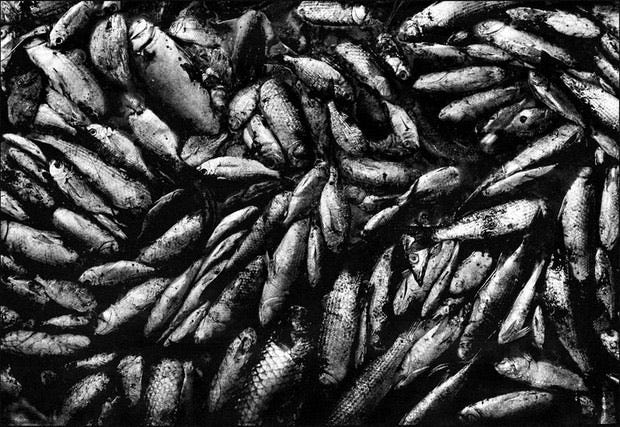
A by-product of the manufacturing process, mercury was dumped into the bay, ultimately entering the local food chain. In the early 1950’s, dead fish were found floating in the bay. The first signs of mercury poisoning were dancing cats, which were experiencing mercury-induced spasms. Some of the cats appeared to commit suicide by throwing themselves into the bay.
Then people got sick. Some would suddenly shout uncontrollably and suffer slurred speech. Skills such as writing, holding chopsticks or buttoning shirts were lost. Victims trembled and had trouble walking. They suffered seizures, others a paralysis that contorted their limbs. Some would tear at their clothes, writhing in agony. Many died within weeks. Some lingered for years.
Residents of Minamata didn’t know what was happening, nor did they know how to name the illness all around them, referring to it simply as the ‘strange disease.’
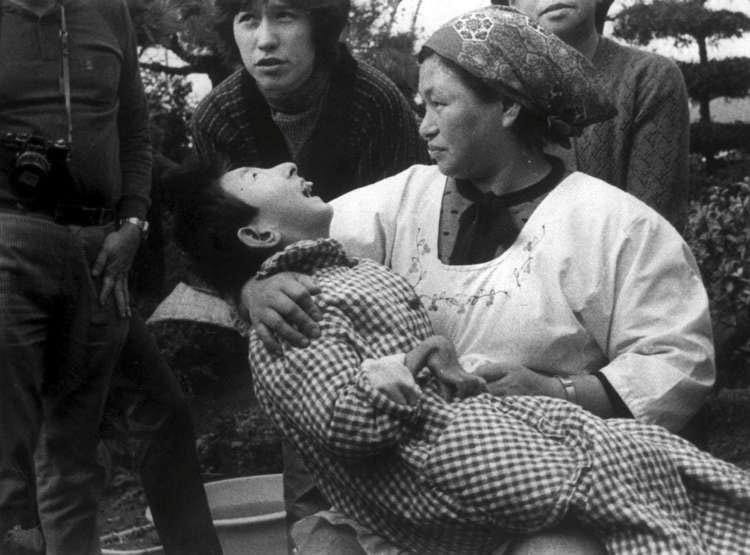
It got even worse. Children were born with horrible birth defects.
Victims and their families suspected that the sickness was tied to the pollution caused by Chisso. However, some residents blamed the victims and suggested that they had brought the disease upon themselves. Citizens turned against each other. Fishermen were shunned and suffered discrimination at the hands of “more modern” thinking residents.
Those who questioned whether Chisso was responsible for the illness were criticized for being disloyal to the company that had done so much good for the city.
But that did not stop the protests. Families of victims stood in silence, in front of Chisso’s Tokyo’s headquarters, holding photographs of their injured loved ones. Some confronted company executives. Demonstrators stormed the gates of the factory, demanding accountability. Victims appeared at meetings of the Central Pollution Board insisting board members touch and hold their injured children and loved ones.
Such social unrest was shocking and unprecedented in Japan. Questioning authority, particularly in the 1950s, was unthinkable. Japanese culture was built on respect for authority and duty to the community.

Mercury poisoning in Minamata became an international story. While Chisso Corp denied liability, one of its employees knew the truth. Dr. Hajime Hasokowa, a doctor and researcher proved that Minamata disease was caused by mercury in 1959 through his research on “Cat 400.” But Chisso executives silenced Hosokawa. For years, he stayed on at Chisso and worked in the company hospital, caring for victims.
Hosokawa’s research was secreted away in company files. The company instead produced research showing that the disease was caused by eating rotten fish or by military munitions that were dumped into the sea. The company made small “sympathy payments” to victims and moved on. Victims brought their case to government officials and to the courts.
Not surprisingly, the government backed Chisso. Does this pattern of government-corporate behavior sound familiar?
Hasokowa became seriously ill and reportedly could no longer bear his guilt. On his death bed, he disclosed his findings on “Cat 400” and that Chisso executives concealed his findings. In accordance with his wishes, Hosokawa’s family recorded his confession.
In his dying moments, Hosokawa chose community over company. His confession was played in the Kumamoto Court House on July 4, 1970, while protestors gathered outside.
The truth came out.
Chisso was ordered to compensate victims of Minamata disease. Some executives went to prison. Chisso was broken up into smaller companies.
Many residents left Minamata, and the city’s population dramatically declined.
There are 2,265 certified victims of Minamata disease but the exact number is not known. It has been reported that 1,784 people died. The tragedy led to the establishment of the Minamata Convention on Mercury.
The New York Times ignores the history of mercury exposure and the science that confirms its dangers. Big Pharma and their media lap dogs continue to follow the same playbook that Chisso rolled out decades ago.
Mercury, of course, is not the only toxic substance we and our children must protect ourselves against. Many of our vaccines also contain aluminum adjuvants. The spike protein in the Covid vaccines is another disastrous ingredient. Our food is contaminated with glyphosate and hundreds of other chemicals.
I ask the reader: if given a choice, would you want mercury injected into your child?
We must start somewhere to end the insanity we have unleashed upon ourselves. We must end the great poisoning.
Take-aways:
- Mercury is a neurotoxin that has been injected into children and adults in the form of thimerosal in vaccines for over ninety years. Kennedy’s decision to end its use removes an on-going threat to the health of the nation. Despite his decisive action to protect the health of Americans, the legacy media, led by The New York Times, continues to falsely claim thimerosal is harmless.
- Mercury has a long, tragic history of producing catastrophic damage to human beings. The Minamata mercury poisoning in Japan serves as a warning and a lesson about the corrupt merger of corporate and government power which was ultimately defeated when Japanese citizens spoke truth to power.
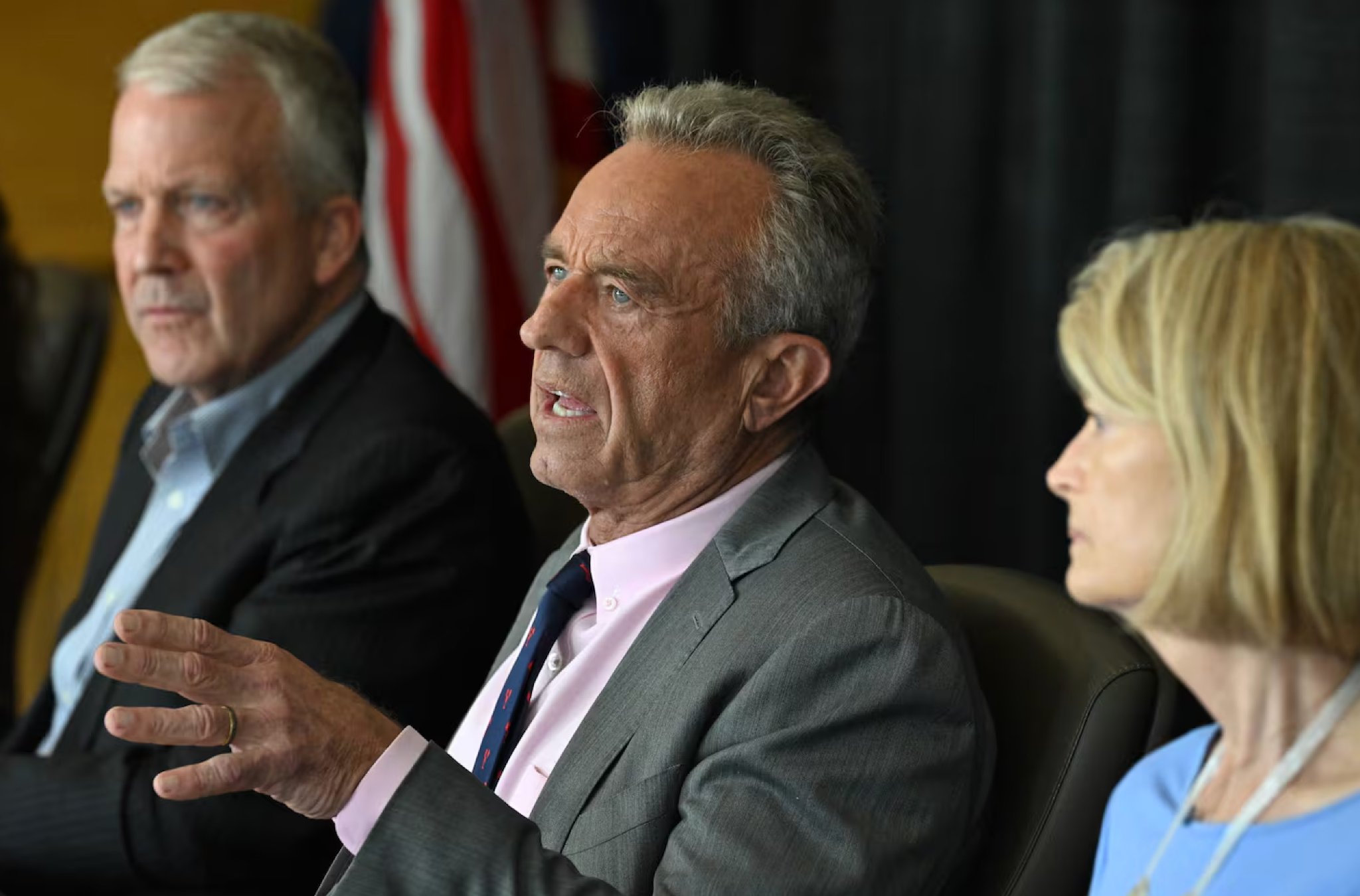
As HHS Secretary Kennedy Moves to Unravel America’s Corrupt Food System, Native American Health Is Never Far From Mind

Breaking: HHS Secretary Kennedy Terminates 22 mRNA Vaccine Development Contracts

Join Cheryl Hines, Senator Rand Paul, & More for a MAHA Action Webinar on America's Broken Food System
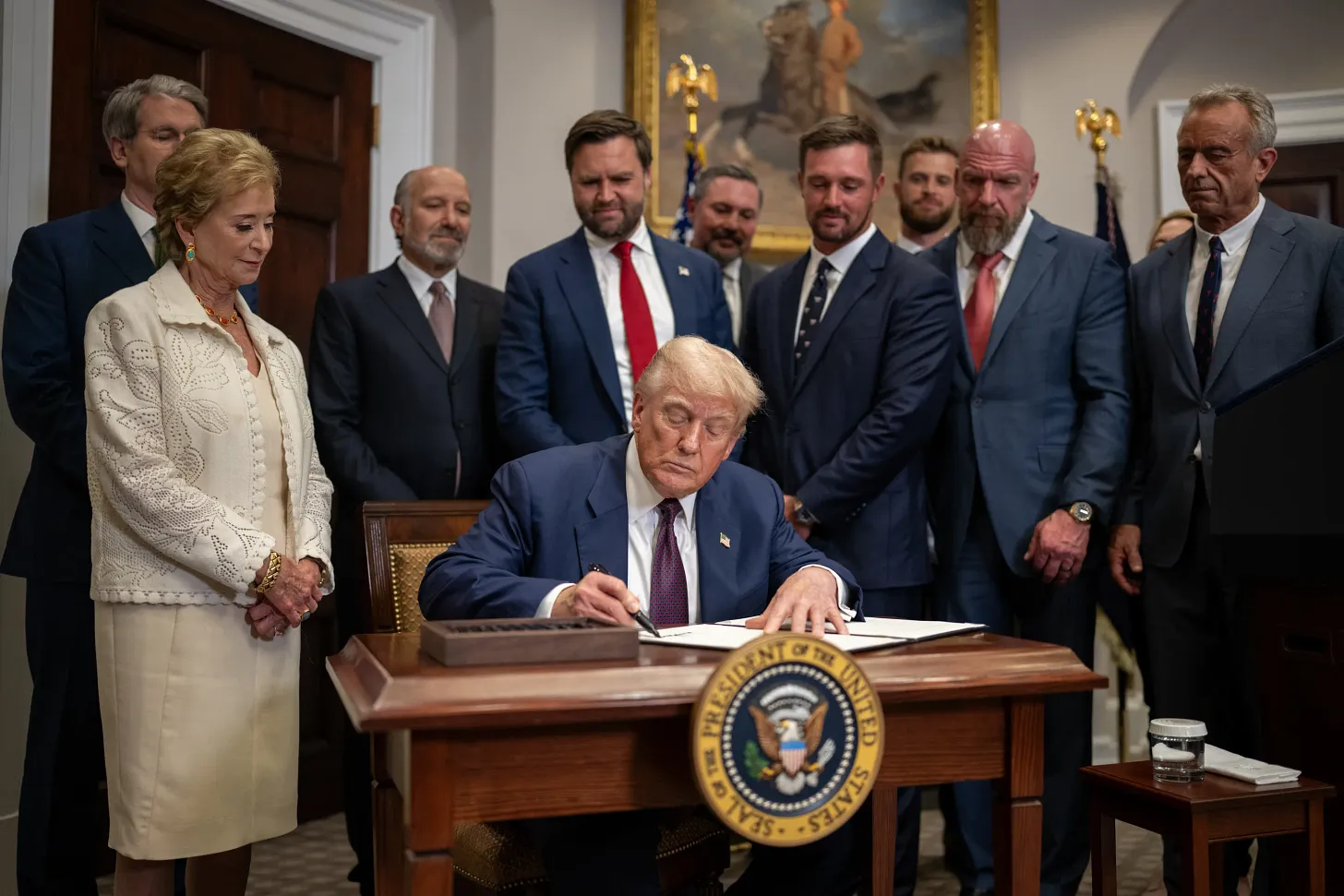
Despite Legacy Media Shade, Presidential Fitness Test Will Return to Schools

BREAKING NEWS: Six More States Agree to End Taxpayer Subsidies of Junk Food
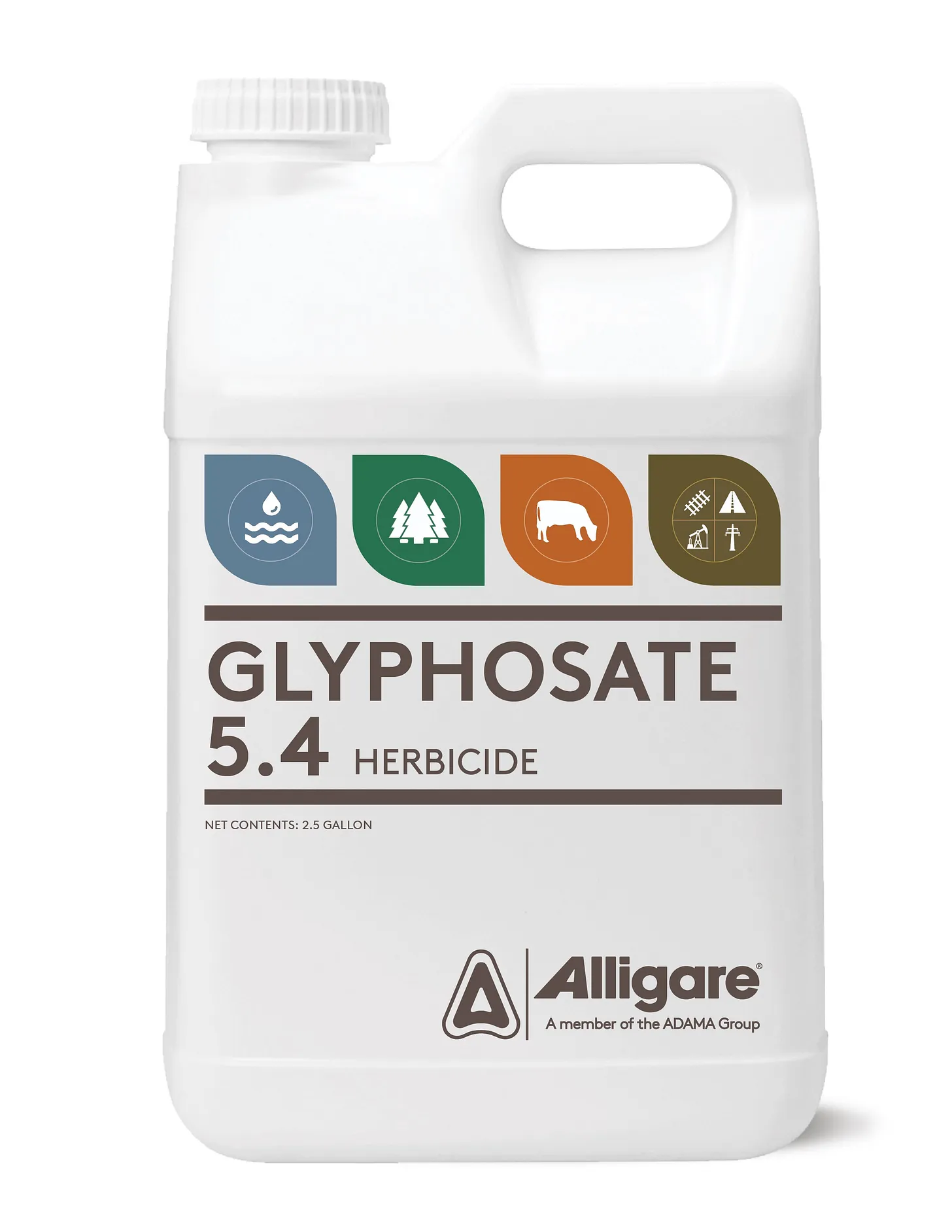



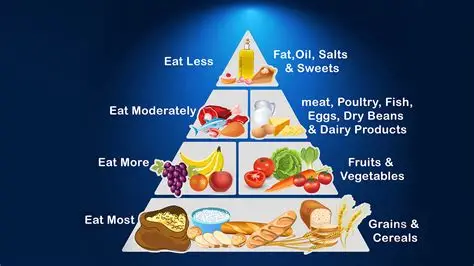
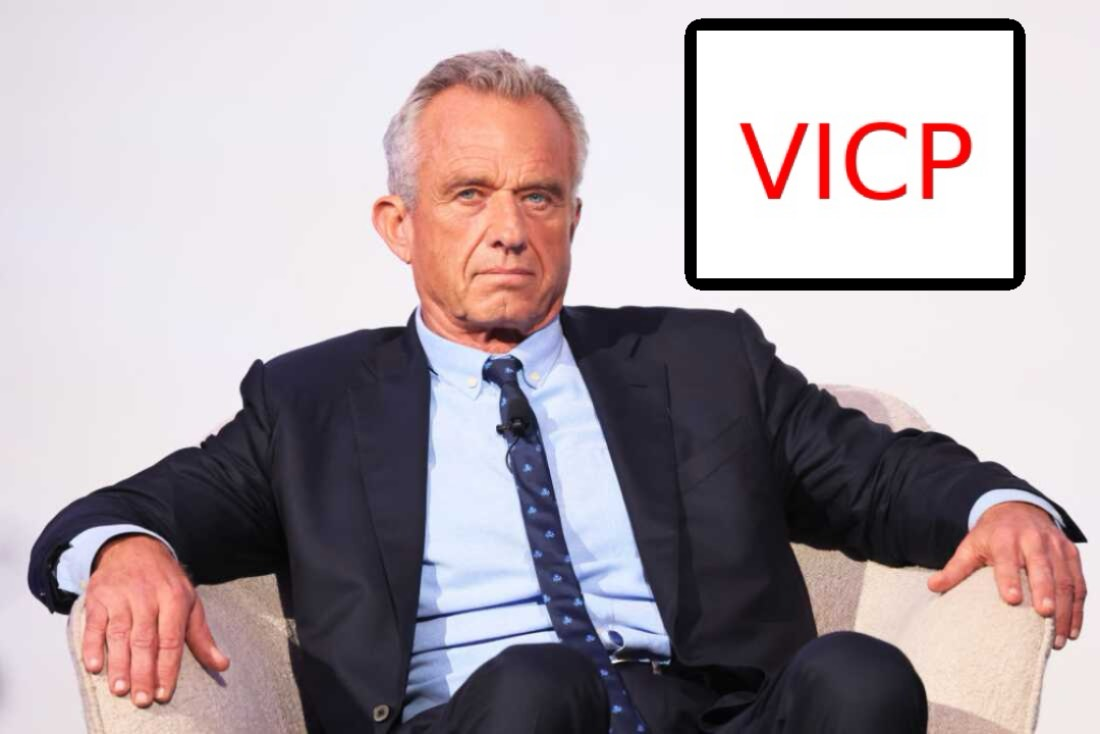
Lorem ipsum dolor sit amet, consectetur adipiscing elit. Suspendisse varius enim in eros elementum tristique. Duis cursus, mi quis viverra ornare, eros dolor interdum nulla, ut commodo diam libero vitae erat. Aenean faucibus nibh et justo cursus id rutrum lorem imperdiet. Nunc ut sem vitae risus tristique posuere.
Lorem ipsum dolor sit amet, consectetur adipiscing elit. Suspendisse varius enim in eros elementum tristique. Duis cursus, mi quis viverra ornare, eros dolor interdum nulla, ut commodo diam libero vitae erat. Aenean faucibus nibh et justo cursus id rutrum lorem imperdiet. Nunc ut sem vitae risus tristique posuere.